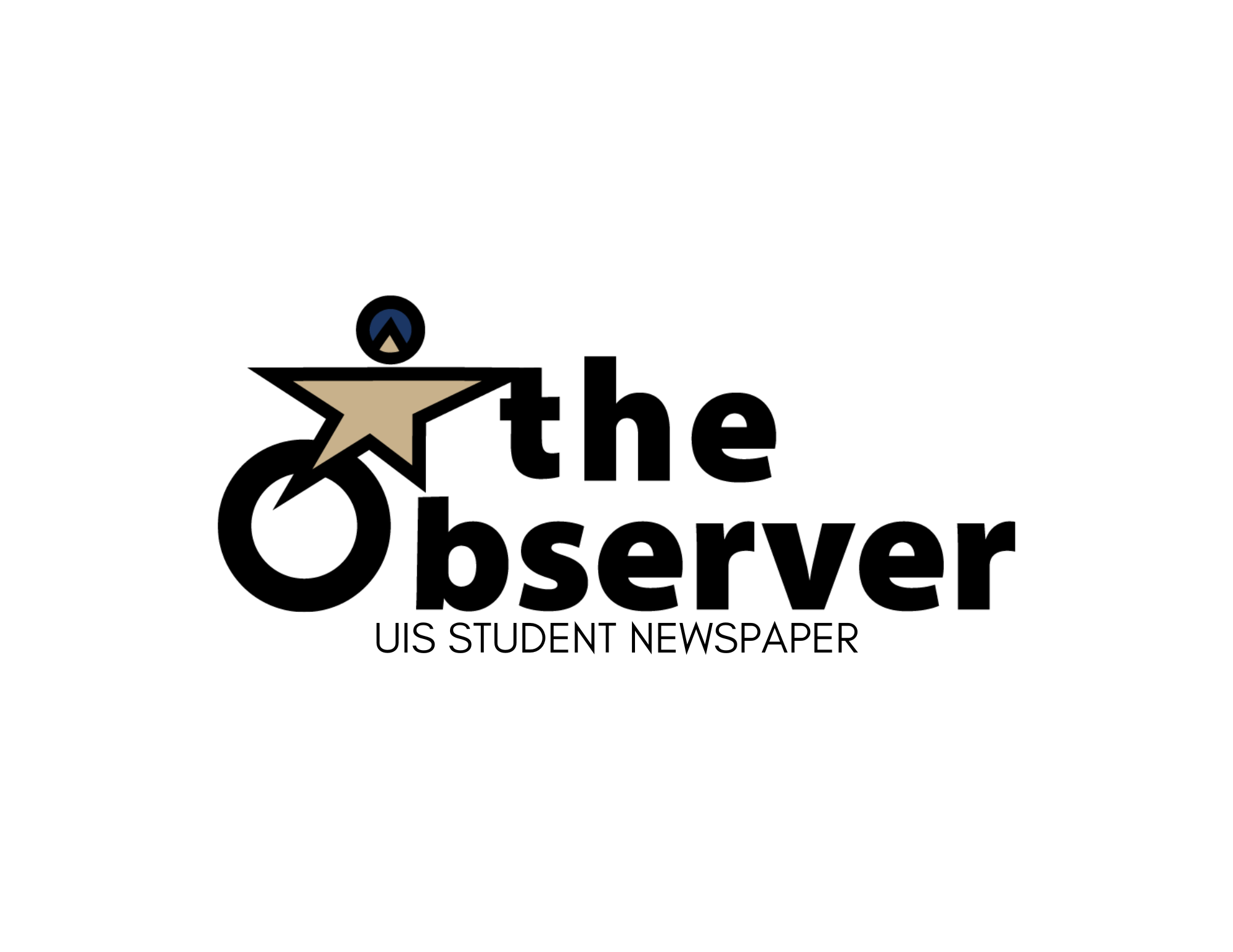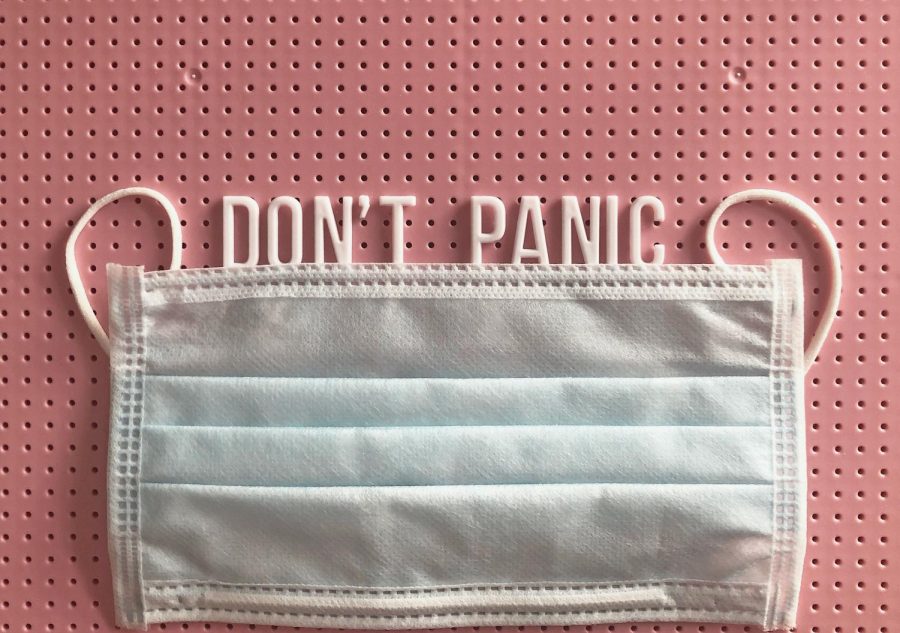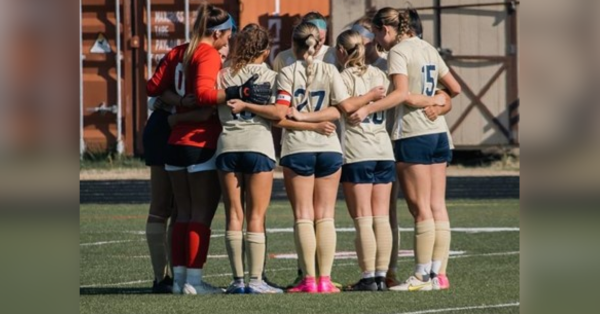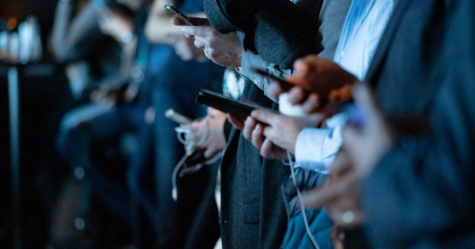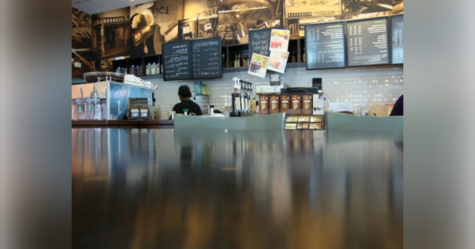UIS Response to the COVID-19 Omicron Variant
“Peg board with the words don’t panic and a face mask on it.” | Photo Credit: Photo by Tonik on Unsplash
Since the surge of the Omicron variant, schools nationwide have been responding according to Centers for Disease Control and Prevention (CDC) guidelines in the best possible interest of their students. This has been increasingly important, since the high infection rates mean schools need to consider how to prevent any further spread on their campuses. The common response nationwide has seemed to be the transition back to remote courses as well as increased regulations on vaccines, boosters and social distancing. The response from the University of Illinois schools have been no different, with all three schools having made conscious decisions to improve the situation as best as they can.
The response from University of Illinois at Urbana-Champaign (UIUC) has been immediate and consistent, with notable changes being a stronger requirement for vaccinations and consistent testing, the requirement for appropriate face coverings indoors, and the requirement for each student to show their building access status to promote safety.
The response from University of Illinois at Chicago (UIC) was similar, as students are required to “obtain a COVID-19 saliva test on-campus twice per seven-day period, 48 or more hours apart with negative test results, and to comply with other mitigation measures.” Alongside this, there is a COVID-19 reporting tool available to students, and a requirement to get their booster shot as soon as possible at UI Health or elsewhere.
UIS has handled things very similarly compared to the other U of I schools, having made its stance on COVID-19 safety very clear through as many means as possible. UIS is operating currently under high guidelines, which means that many social functions, guest guidelines, mask requirements and work requirements have increased in precautionary measures to a large degree. For example, students are required to wear masks at all times, due to the high rate of COVID-19 infections as of late, in an attempt to reduce the number of infections as soon as possible. Alongside this, N95 masks have been made available for students and student workers through Student Affairs. This provides further access to masks on campus, and students are encouraged to take advantage of this whenever possible.
When it comes to academics, this semester has gotten off to a fairly shaky start for many students. The first two weeks have been relatively shaky due to the anticipation for in-person classes later on. While this has led to some taking the current remote course style less seriously, this may not be the case in the long-term depending on how things change with the degree of guidelines for UIS.
The changes to social aspects have also put some strain on students in the first few weeks of their return to campus. Some of the more notable changes include the shift to the take-out only rule in the Student Union, as well as non-UIS individuals being unable to visit on-campus. While these changes make perfect sense with public health and safety in mind, it has definitely been a sore reminder of how bad the spread is at this stage of the pandemic.
Realistically, the biggest improvement that could be made is regarding the requirement for courses to be taught online. There are a handful of courses, namely labs, that are difficult to perform in a Zoom format, so courses like these may reasonably be exempt. Meanwhile, lecture-based courses could be performed in a Zoom format instead, reducing the chance of spread in larger class sizes. That said, the way UIS moves forward with remote requirements depends entirely on the way the COVID-19 spread goes in the following weeks.
Seeing how immediately UIS responded to the urgent circumstances, there is much hope for UIS COVID-19 cases reducing in the near future. So as long as the student population adheres to these rules and takes advantage of the resources for maintaining health and safety, we very well may be able to collectively improve our situation as a whole.
For more information on the University of Illinois at Springfield COVID-19 response and outlook, visit the UIS COVID-19 safety information page here.


